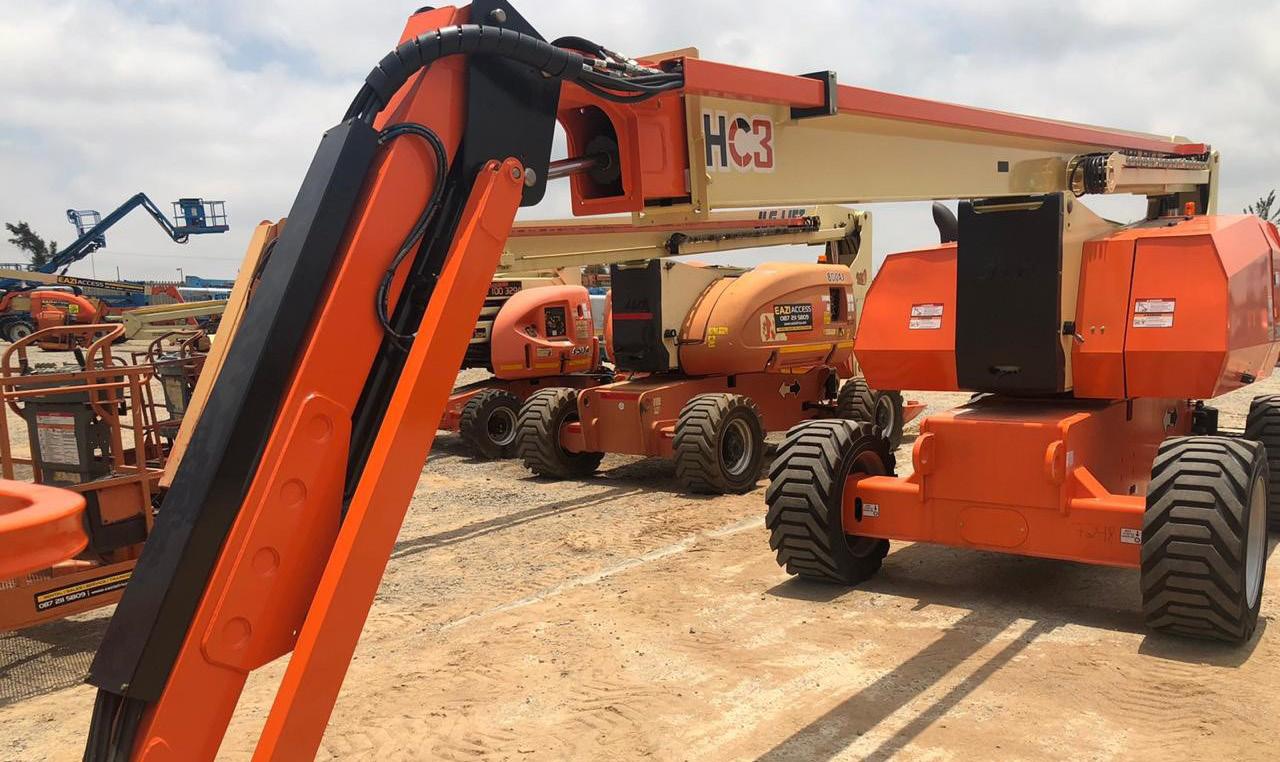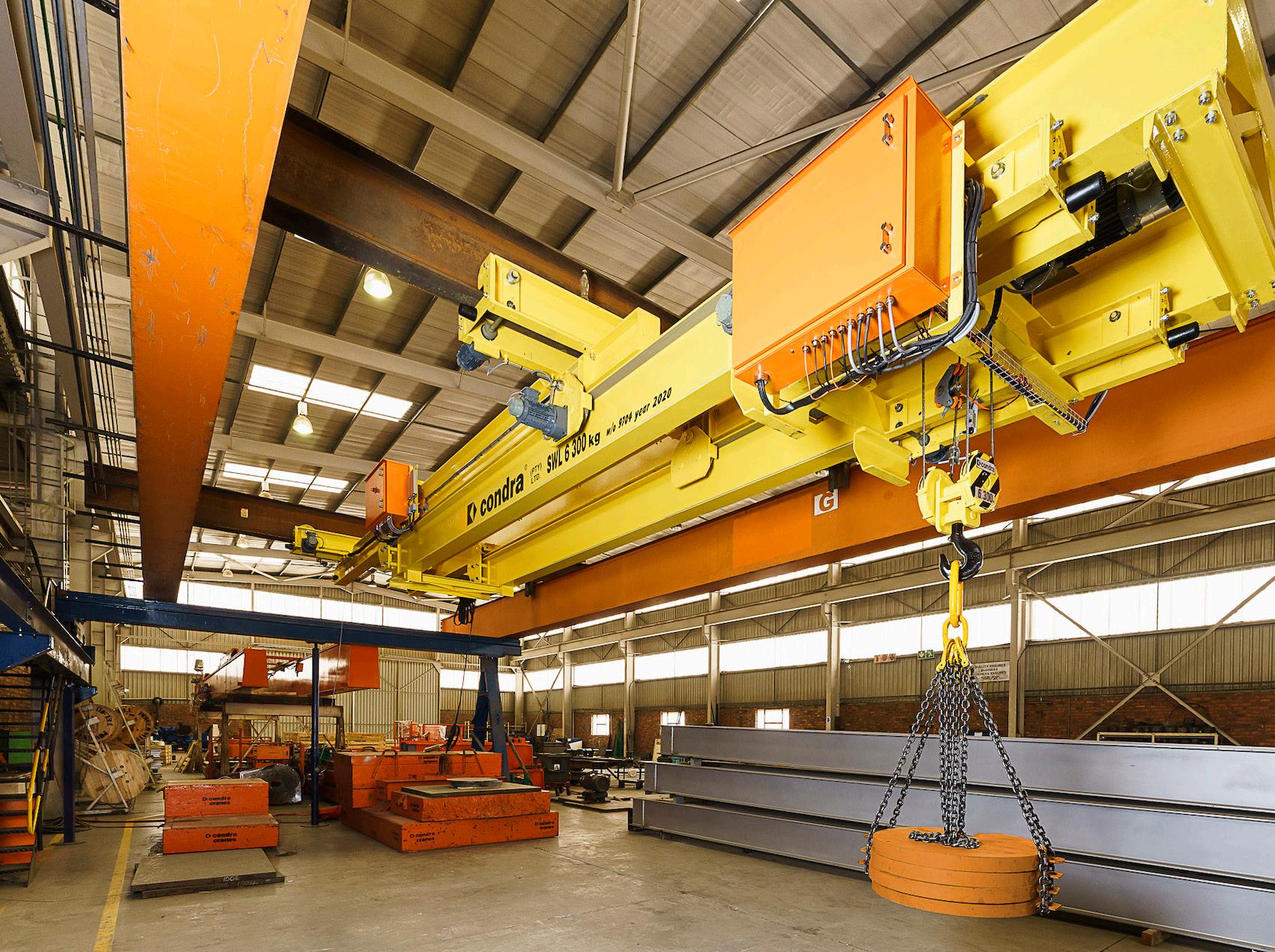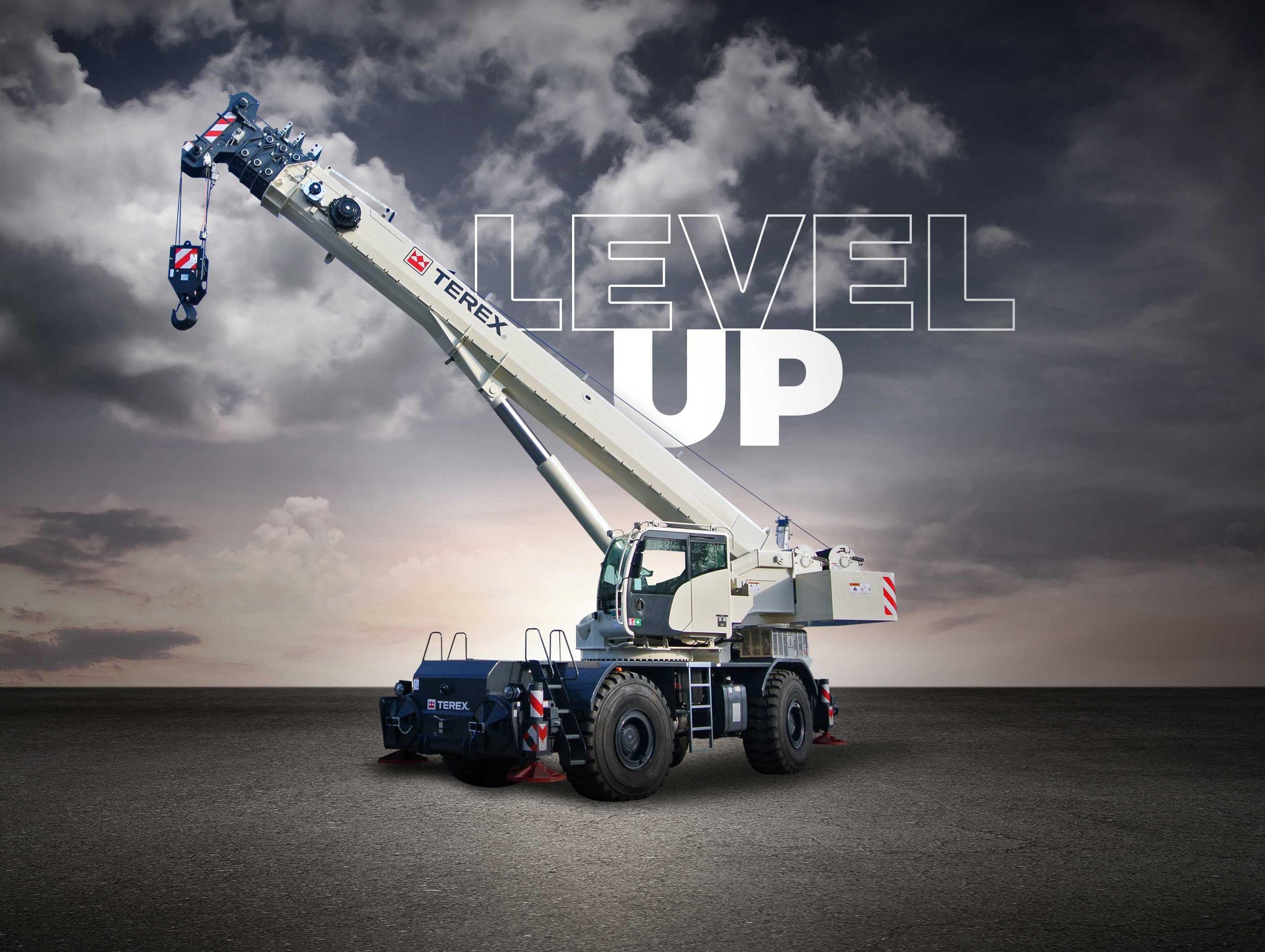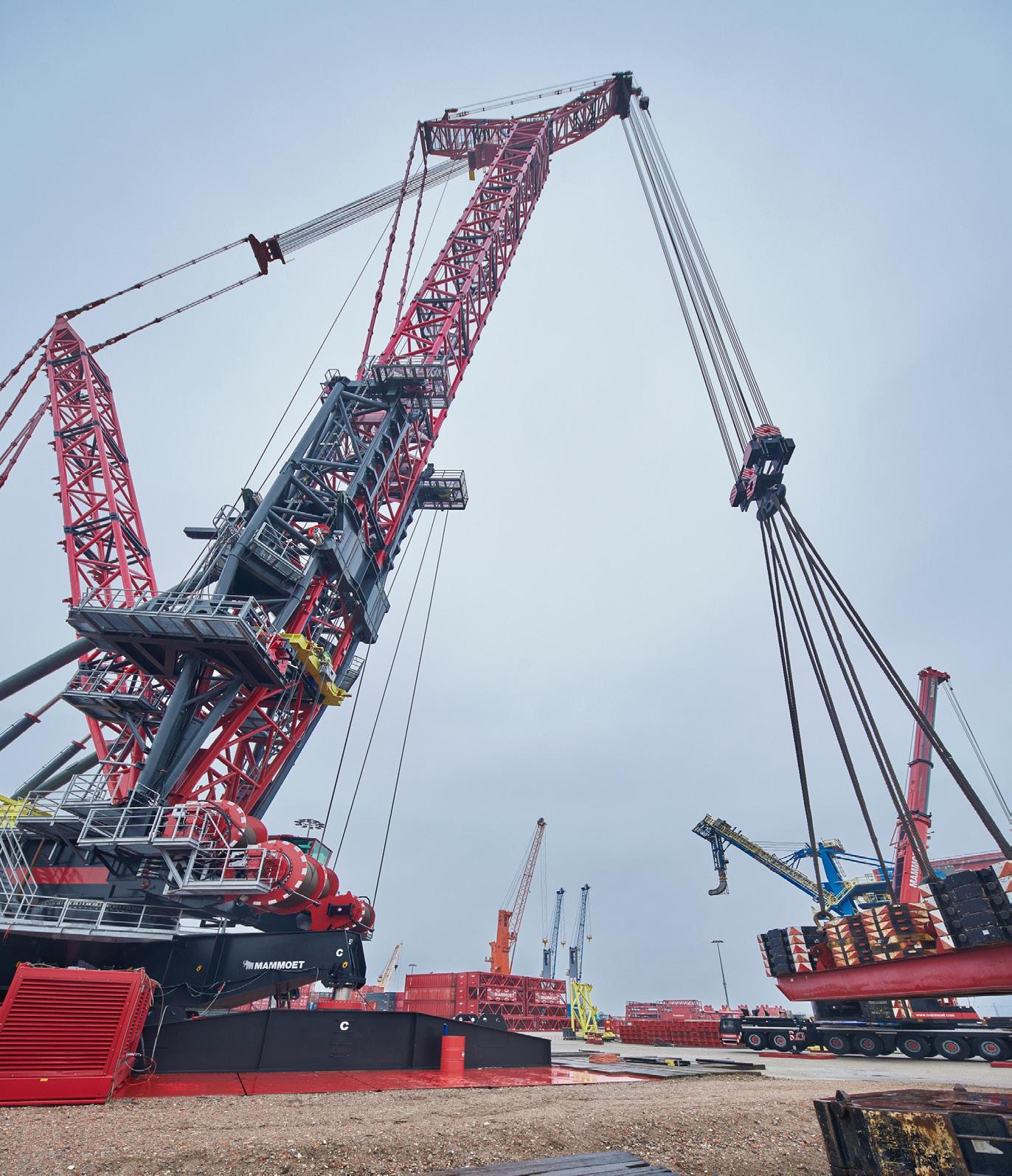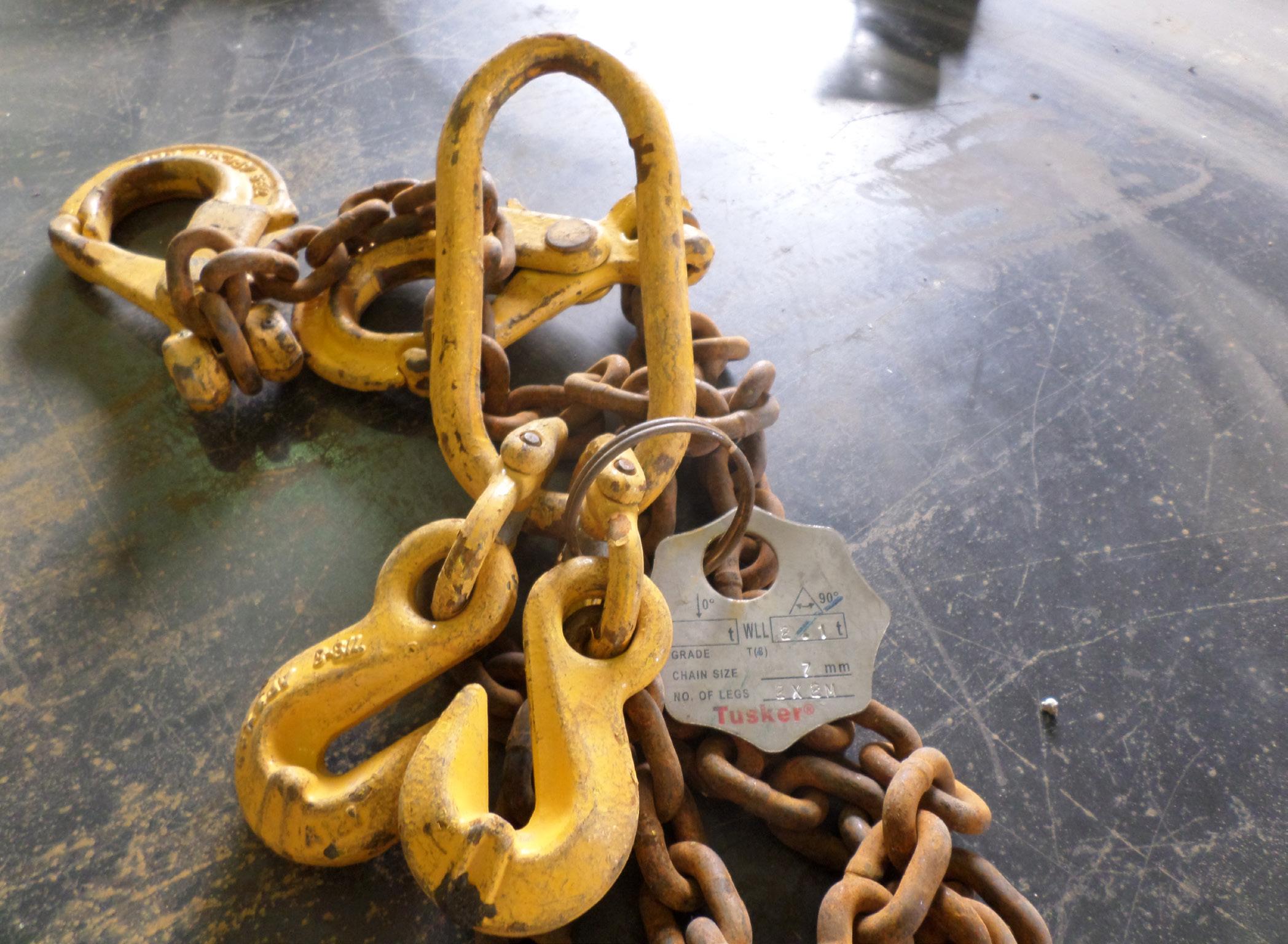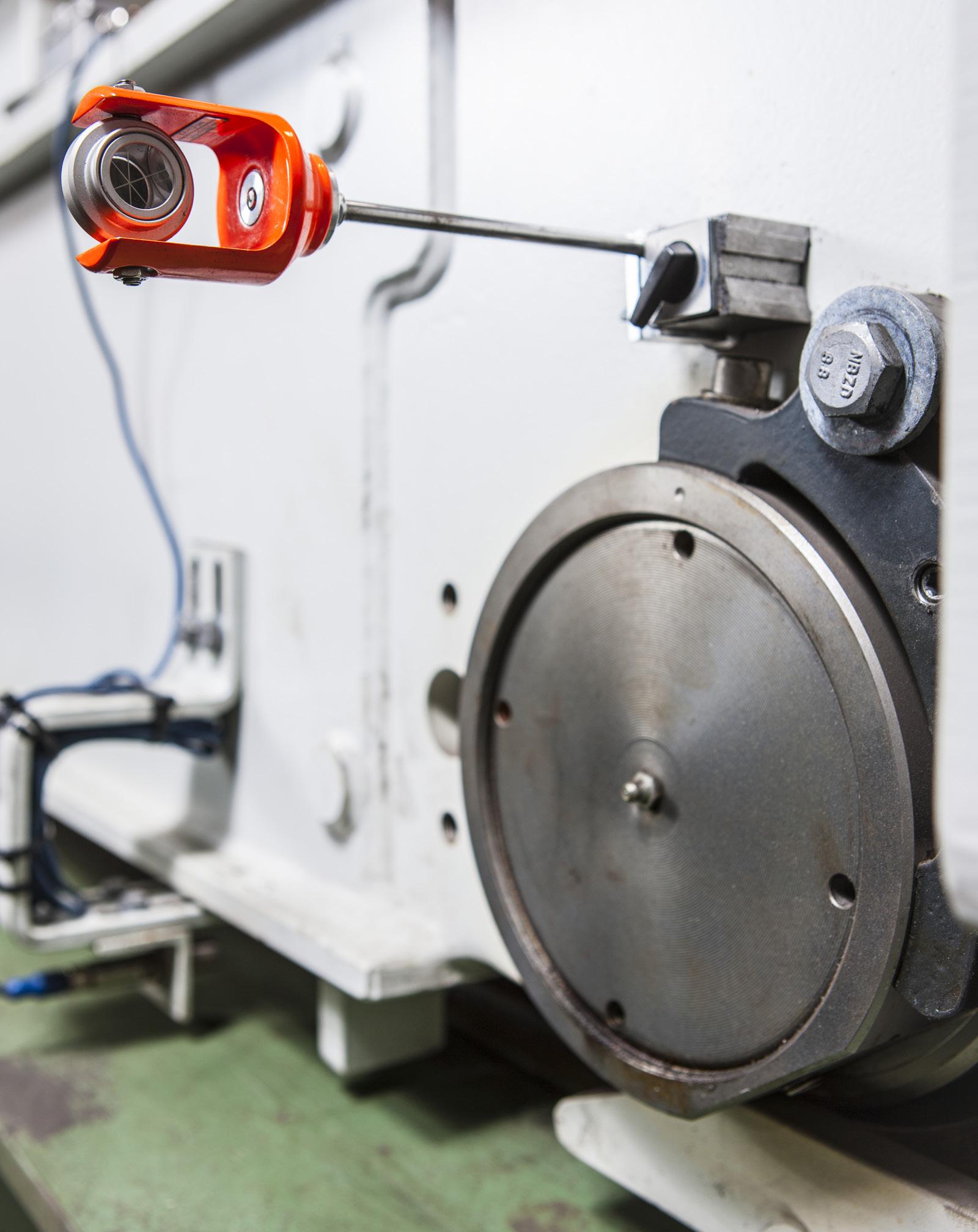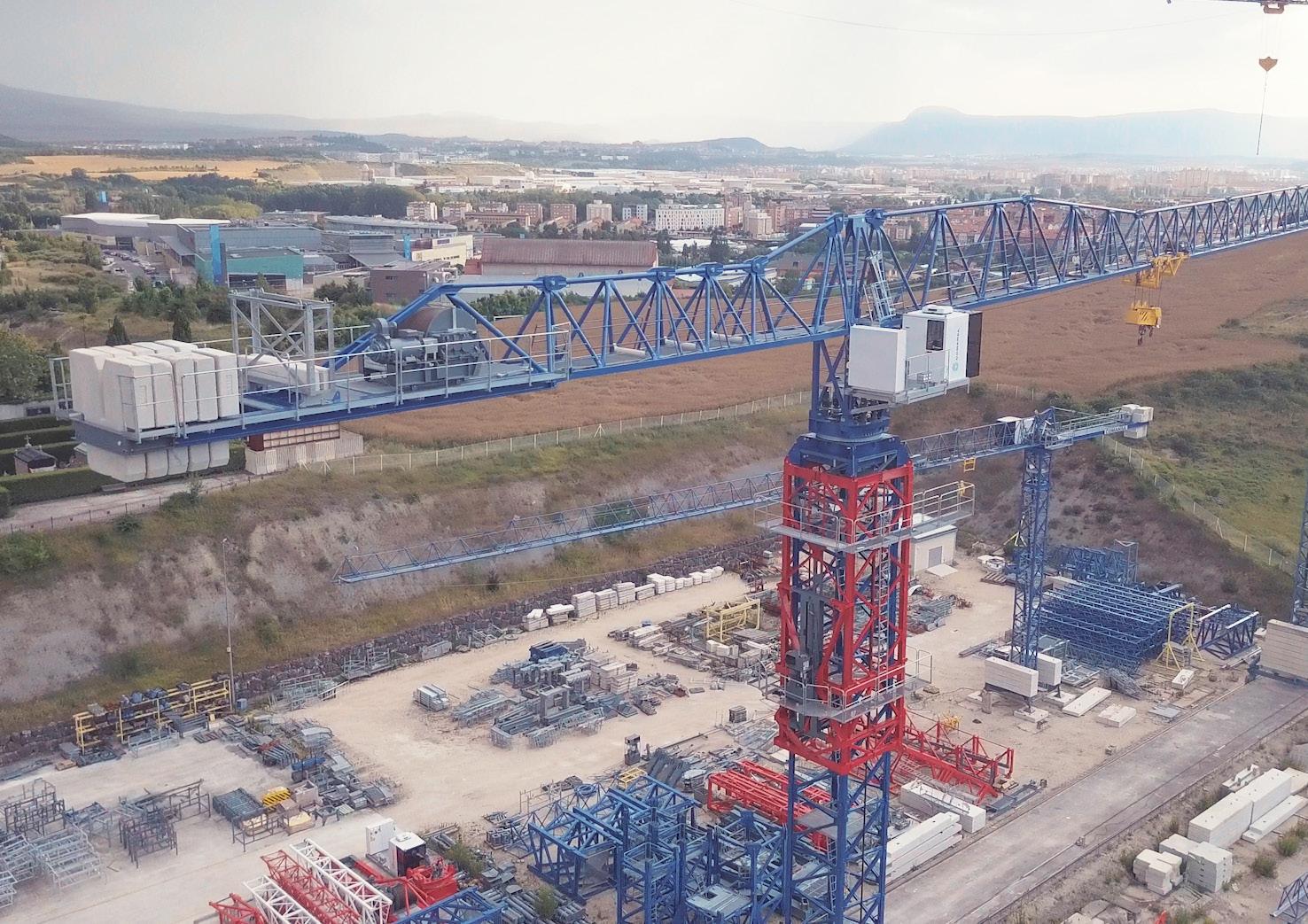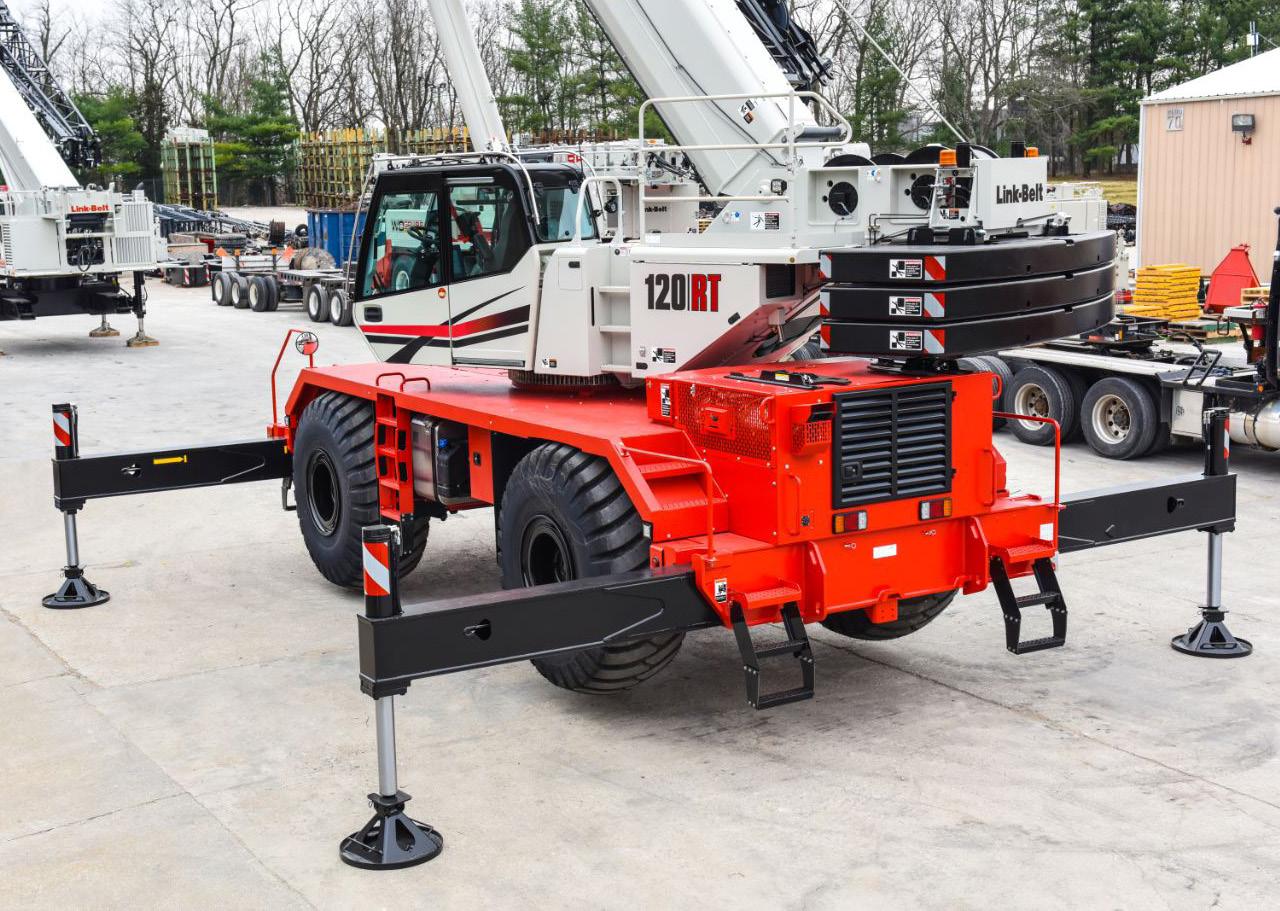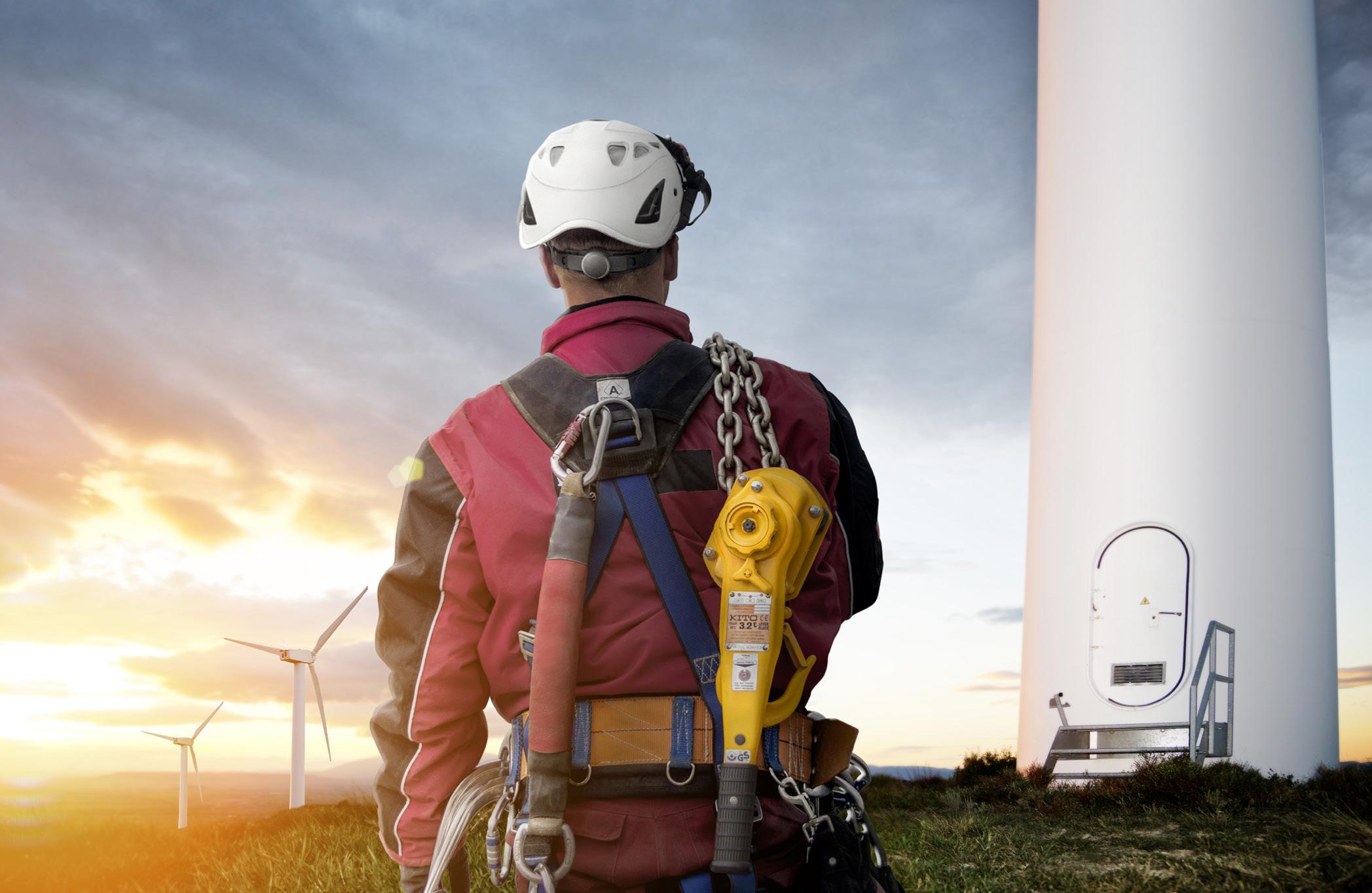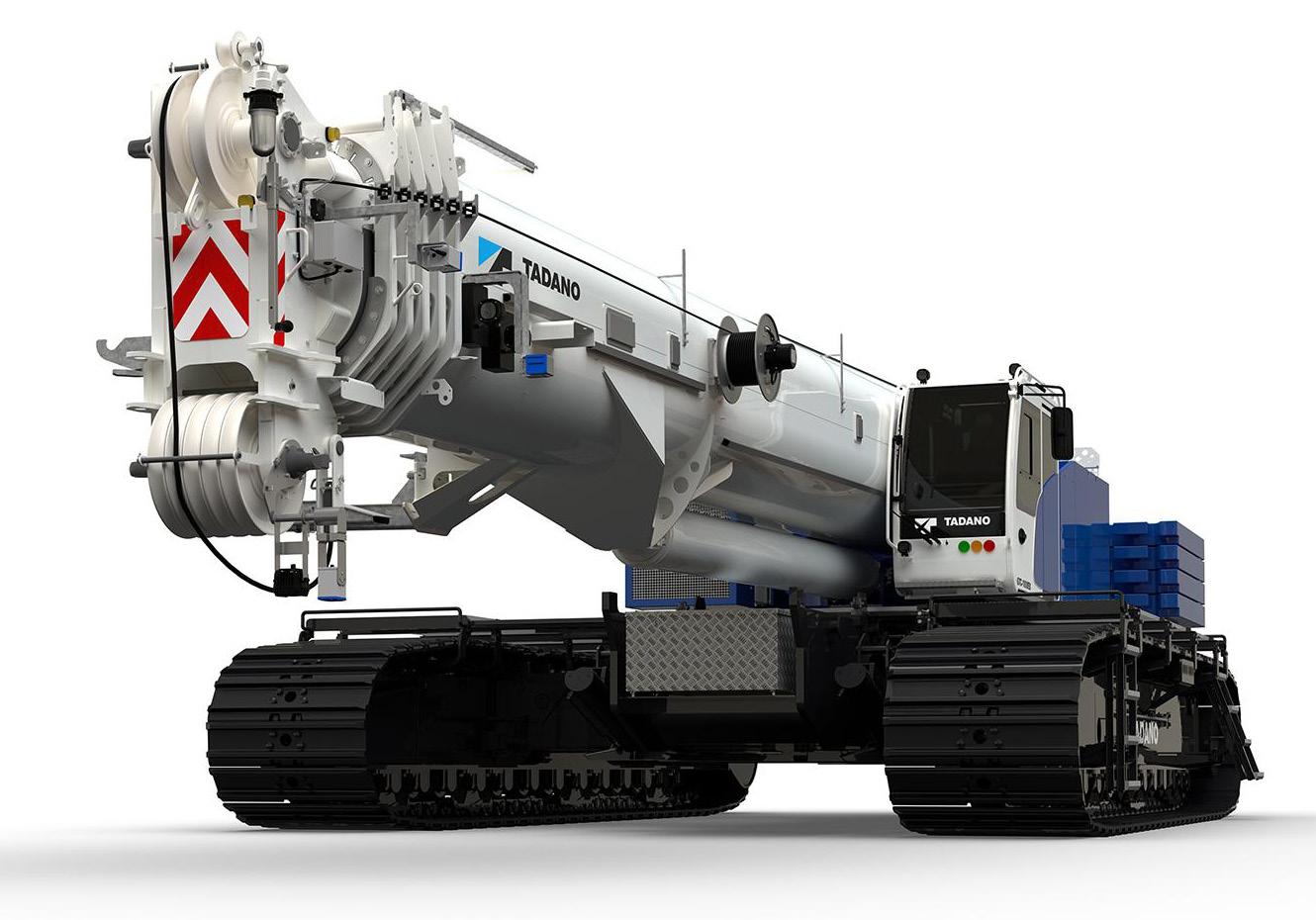PRODUCTS & SERVICES
The disposal of rigging gear
How do you dispose of rigging gear removed from service? Many operating conditions can affect the life of rigging equipment. Bending, stresses, loading conditions, speed of load application (shock load), abrasion, corrosion, sling design, materials handled, environmental conditions (heat or chemical exposure), lubrication, and history of usage will all factor into how long lifting equipment can stay in service. When it comes to the disposal of rigging gear, wire ropes, slings, or any other type of lifting gear the best practice is to render the items
in question as unsalvageable, or in such a condition as to make further use impossible. With no clear industry-wide rules on retiring or destroying damaged or failed rigging hardware and slings, permanent disposal is typically left up to the owner or end-user. This can become problematic, as a damaged or failed piece of rigging equipment needs to be removed from service, quarantined, and be rendered
useless so that it will never be used to perform a lift again. However, manufacturers of slings and rigging hard-wear provide warnings and instructions on when to remove worn-out or damaged rigging equipment from service to protect the end-users of equipment failure. Even when warnings and instructions are not followed by the users, manufacturers have sometimes been blamed for resulting injures and damages. Can this happen to the Lifting Machinery Inspector or Competent Person that has no procedure in place to dispose of worn-out or damaged rigging equipment? If it is determined that the lifting equipment will be removed from service, it is suggested that it is cut down into more manageable sizes before discarding. However, it is recommended that consultation is undertaken with the user before any action is taken before and the consequences of not following the inspector’s recommendations.
28
Lifting Africa - Jan/Feb 2021


